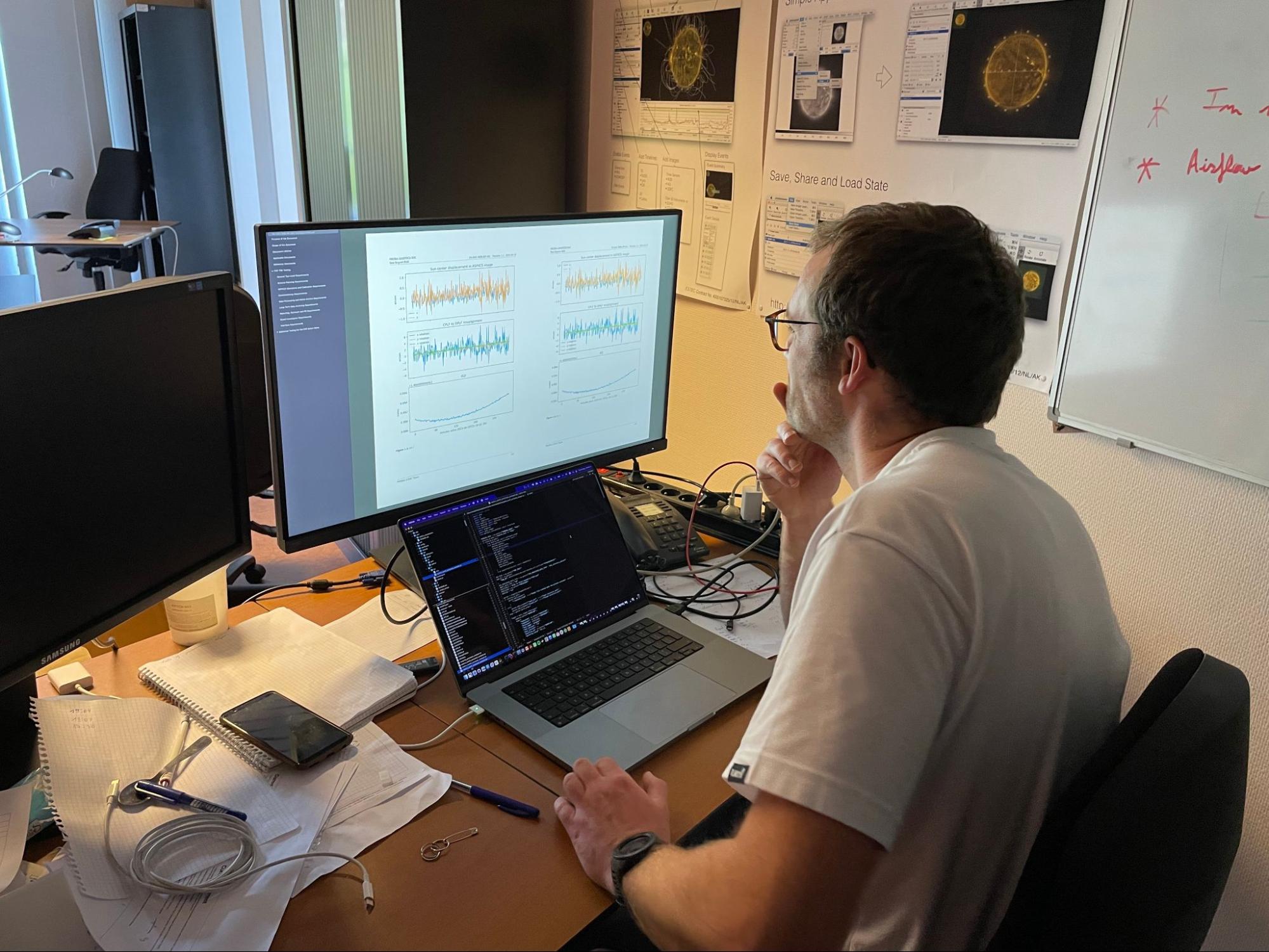PROBA-3 is the next mission in the PROBA (PRoject for On-Board Autonomy) line of small satellites developed by the European Space Agency (ESA). It is primarily a mission dedicated to the in-flight demonstration of technologies for precise formation flying. For PROBA-3, this means that its two small spacecraft will be flying together in formation, along a highly elliptical orbit around the Earth. The formation of two spacecraft will produce a giant solar coronagraph called ASPIICS, which stands for the Association of Spacecraft for Polarimetric and Imaging Investigation of the Corona of the Sun.
A coronagraph is a telescope that can observe the solar corona, the tenuous outer atmosphere of the Sun that is usually seen only under total solar eclipse conditions. During a total eclipse, the Moon completely covers the bright disc of the Sun, allowing the dim corona to be seen. The ASPIICS coronagraph will consist of two PROBA-3 spacecraft flying in formation, with one spacecraft carrying the optical telescope, and the second spacecraft carrying the circular occulter that plays the role of the Moon. The inter-spacecraft distance of around 145 metres will allow observing the corona close to the solar limb with unprecedentedly low parasitic light coming from the bright solar disc. Such conditions will be similar to those encountered during a total eclipse. In order to accomplish this task, the two spacecraft have to be aligned with the precision of a few millimetres.
PROBA-3, to be launched at the end of 2023, will not only demonstrate advanced technologies but is also a mission in the Science Programme of ESA. The scientific objectives of ASPIICS include the investigation of structure and dynamics of the quiescent solar corona and of coronal mass ejections (CMEs), huge eruptions of plasma and magnetic fields that may arrive at the Earth and produce geomagnetic storms.
Since 2017, the Solar Influences Data Analysis Center (SIDC) of the Royal Observatory of Belgium (ROB) has been developing the Science Operations Centre (SOC) of ASPIICS. After the mission launch, the SOC will be tasked with creating observation programs for the desired science operations of ASPIICS, sending them to the PROBA-3 Mission Operations Centre in Redu (Belgium), as well as receiving and processing the acquired coronal images. The SOC is developed by a team of software engineers and scientists at SIDC, which has been supported by the SOC international partners from Germany, Italy, Poland, and Romania. An important aspect of the SOC is that it has to take into account the particular nature of this innovative mission, namely the presence of two precisely aligned spacecraft. The SOC will have to calculate the influence of dynamically changing positions and orientations of the two spacecraft on the resulting coronal images.
